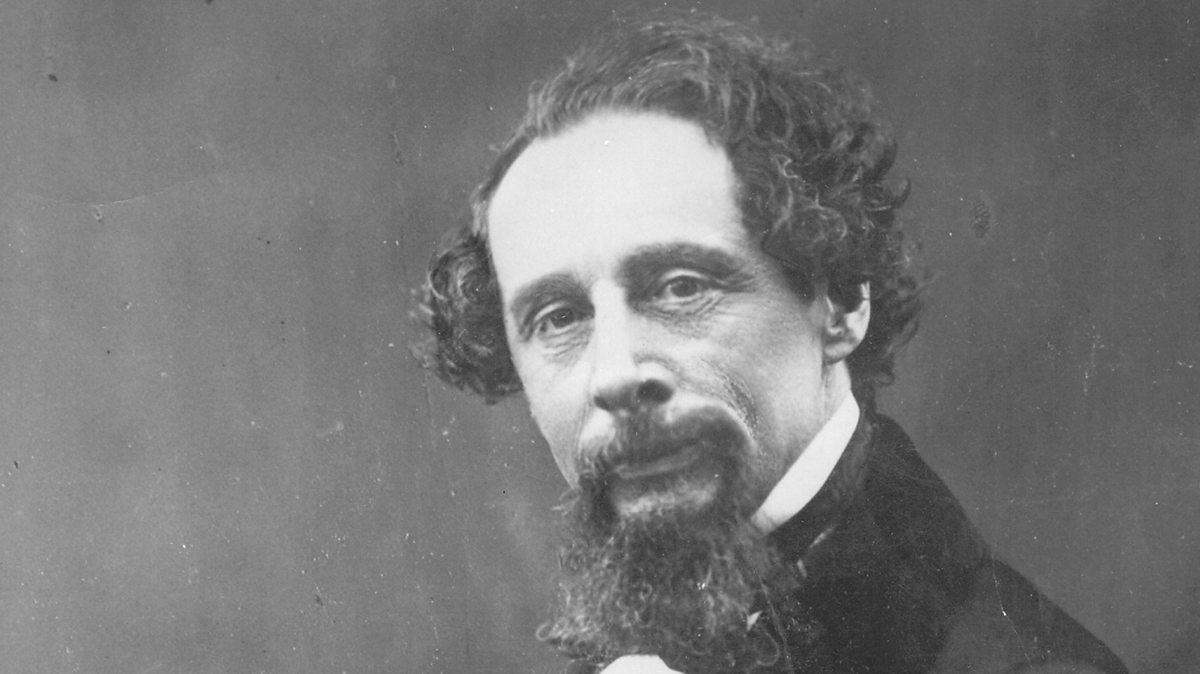

He suffered from constant neuralgia, severe rheumatism and heart trouble. His health began to decline during his public reading tours in the U.S. He never forgot his unhappy, poverty-stricken childhood and used the memories to write on the immense wrongs of the Victorian period.ĭickens enjoyed a vigorous walk at a 20-to-30 mile clip.

Despite his growing wealth and fame, he worried continually about money. Victorian society was shocked by his cavalier treatment of his wife and his adulterous relationship to a young theatrical actress, Nelly Ternan. He described himself as "a misplaced and mismarried man." He dismissed his devoted wife, Katherine and persuaded his sister-in-law Georgina to take over housekeeping chores and become surrogate mother to his family.ĭickens had an appreciation for attractive young women. Catherine became fat and sad, suffering from post-partum depression after each confinement.Īt 47, at the height of his popularity, Dickens was the stern, disciplinarian father of nine children.

He married 19-year-old Catherine Hogarth on 2 April 1836 and she immediately became pregnant with the first of ten children (one of whom died). In 1839 at the age of 27 he became the celebrated author of "Oliver Twist" and moved his growing family to a middle-class home. He established himself as a hard-working journalist in his early career. The meanness and poverty of the London streets left Dickens feeling abandoned and helpless as a boy. At 13, Charles worked in a shoe-blacking factory and roamed the streets of London alone at night. Even today, critics consider him a literary genius of his time.īorn into a large Victorian middle-class family that was slowly sinking into poverty, the Dickens household moved from Kent to Camden Town to London then his dad went to Marshalsea debtor's prison in 1824. The literary circles of the time considered Dickens' works populist, charming fiction, but his thousands of readers in England and abroad in America considered him a master of literature. His works included "Pickwick Papers," 1837, "A Christmas Carol," 1843 and "A Tale of Two Cities," 1859. British writer and editor, perhaps the greatest of the English novelists and one of the most celebrated writers of his time describing life in Victorian England.


 0 kommentar(er)
0 kommentar(er)
